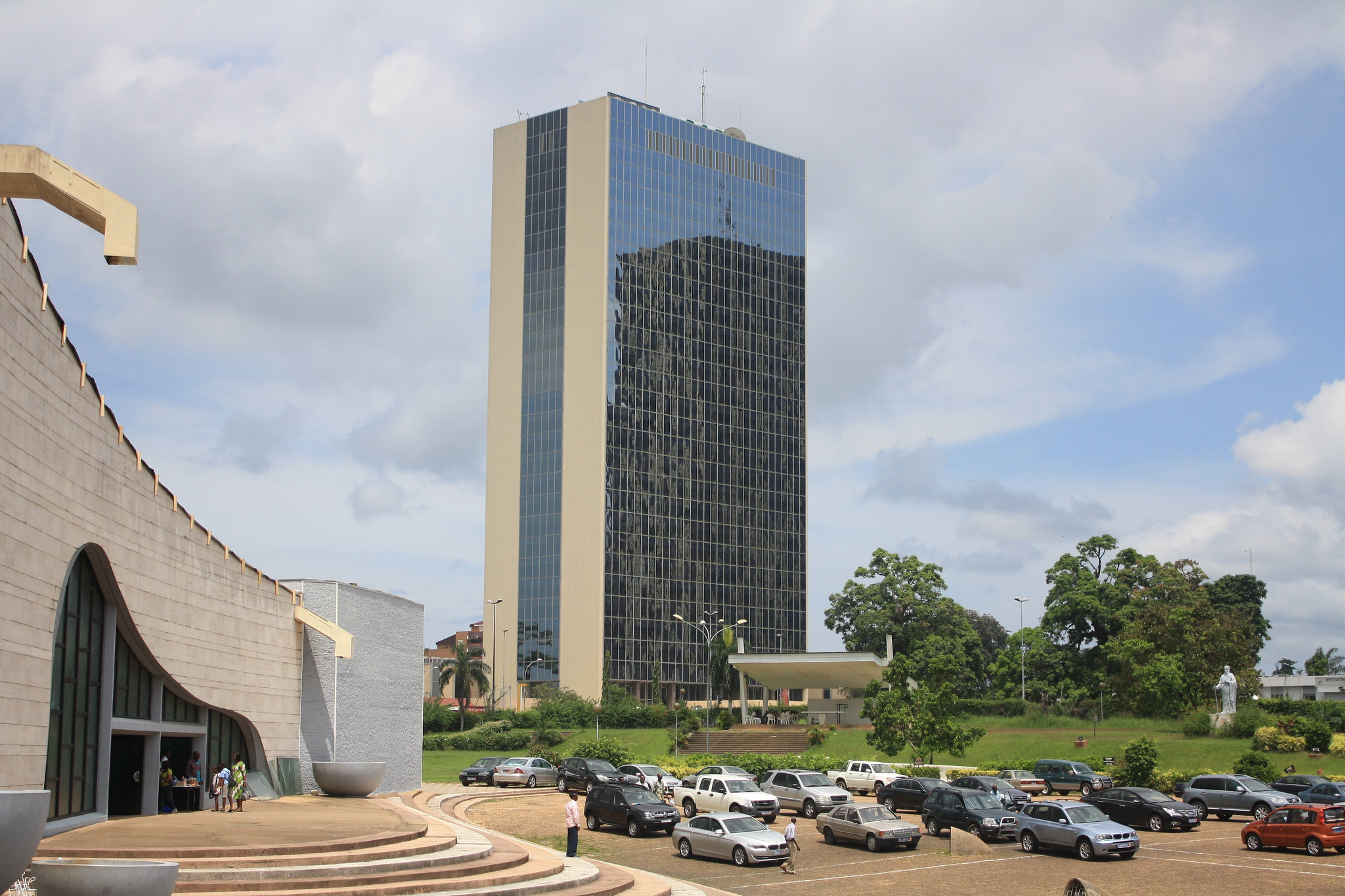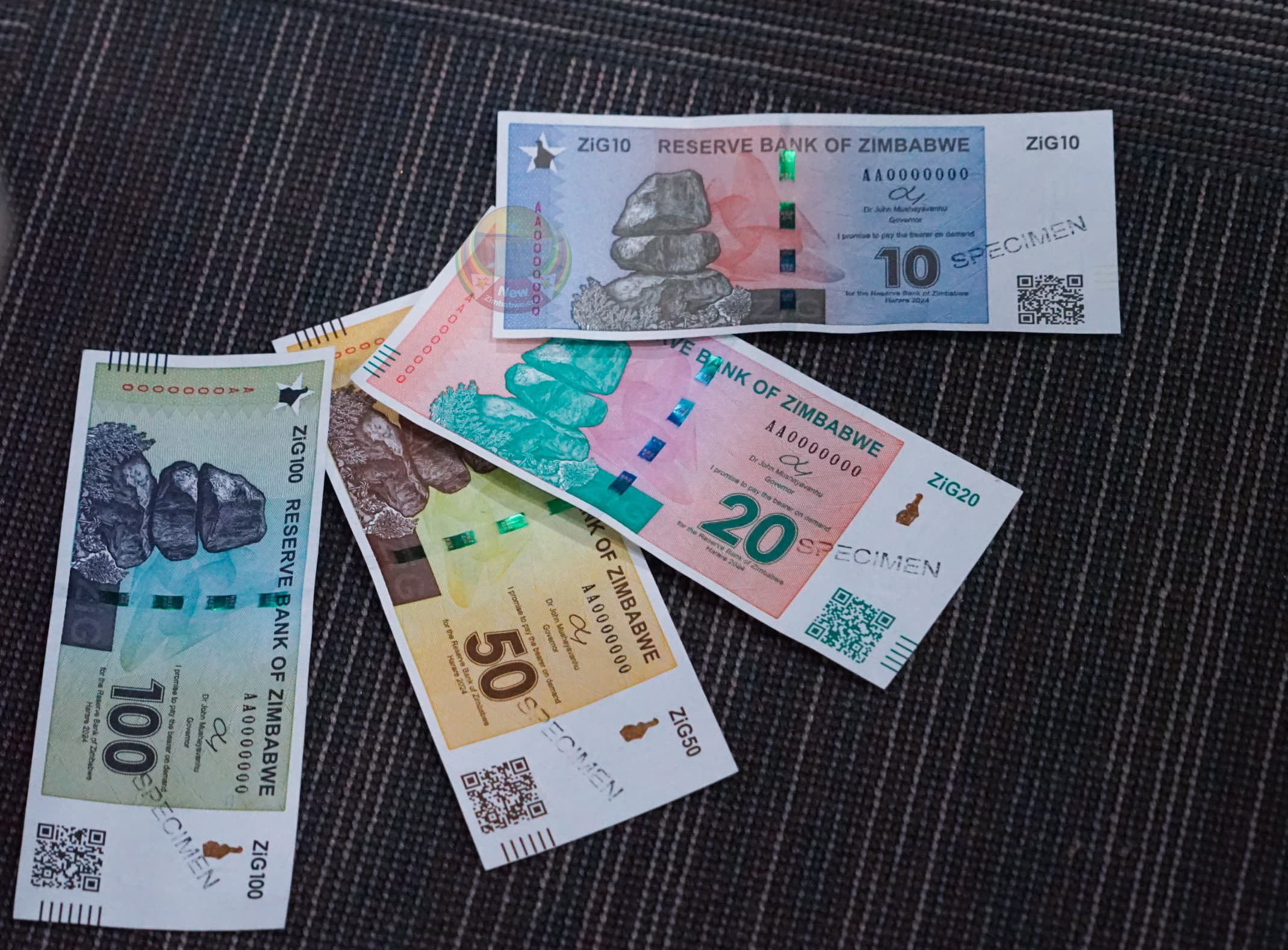UAE now top Zim trading partner
THE United Arab Emirates (UAE) is now Zimbabwe’s major trading partner after overtaking South Africa, a move that further cements growing bi-lateral relations between the two countries, latest trade figures show.
This comes as Zimbabwe is making strides in trimming imports and narrowing trade deficit evidenced by the growing domestic industry capacity utilisation, which clocked 66 percent by the end of 2021 from 47 percent in 2020.
Zimbabwe is supplying precious minerals, high value agriculture products to the UAE such as macadamia nuts, avocados, various berries, citrus fruits and bananas.
The UAE, which is a net importer of food, has expressed a desire to partner Zimbabwe in the agriculture value chain.
According to market surveys conducted by ZimTrade and feedback from the country’s participation at the just ended Expo 2020 Dubai, Zimbabwe stands a huge chance to further expand its export footprint to the UAE, which is also a critical gateway to the entire gulf region market.
In 2020, Zimbabwe earned US$1,4 billion from exports to the UAE alone.
In its latest trade update, the Zimbabwe National Statistics Agency (Zimstat) said although exports to UAE stood at 36,4 percent in January this year compared to 42,2 percent in December 2021, they were above those of South Africa.
“Traditionally, South Africa is Zimbabwe’s major trading partner. However, in January 2022, exports to United Arab Emirates constituted 36,4 percent while exports to SA were 30,5 percent,” said the agency.
During the same period, the proportion of imports from South Africa stood at 39 percent in January 2022, compared to 39,9 percent in December 2021. According to the report, the value of total exports in January 2022 was US$543,9 million, signifying adecrease of 8,05 percent from total exports earnings of US$591,2 million in December 2021.
“Imports decreased by 18 percent to US$632 million in January 2022 from US$771,2 million in December 2021,” said Zimstat.
There was a sharp decrease in trade deficit to US$88,1 million in January 2022 from US$179,9 million in December 2021.
In March, the Government approved the setting up of a commercial consulate in Dubai to be manned by economic and trade attachés to complement investment promotion efforts by the Zimbabwean embassy in Abu Dhabi.
President Mnangagwa also attended Zimbabwe’s National Day at the Expo 2020 Dubai in March as part of his administration’s foreign policy, which is anchored on economic diplomacy.
Meanwhile, Zimstat said the value of exports to China increased to 12,9 percent in January 2022 from 3,6 percent in December 2021 while exports to Mozambique, constituted 8,5 percent in January 2022 compared to 6,5 percent in December 2021, said the agency.
Imports from China on one hand increased to 15,9 percent in January 2022 from 12,3 percent in December 2021.
The proportion of exports to Belgium stood at 2,3 percent in January 2022 compared to 2,9 percent in December, 2021.
According to the report, major imports were mineral fuels and mineral oil products, which stood at 15,1 percent in January2022compared to 21,5 percent in December 2021.
This was followed by machinery and equipment at 10,2 percent in January 2022. Other imports in January 2022 included fertiliser (11,8 percent), pharmaceuticals (8,9 percent), vehicles (7,8 percent), electrical machinery and equipment (5,1 percent), plastics (4,5 percent), animal and vegetable fats and oils (3,8 percent), and cereals (2,4 percent).
The proportion of the value of imports from Singapore decreased to 10,7 percent in January 2022, compared to 17,3 percent in December 2021. “Notably, major imports in Zimbabwe were aggregated to reach 92,8 percent in January Cereal imports including maize decreased to 2,4 percent in January 2022 from 3,1 percent in December 2021.
“Rice, which makes the bulk of cereal imports constituted 1,9 percent in January 2022
compared to 2,7 percent in December, 2021.”
Zimstat said other imports in January 2022 came from Mozambique (4,5 percent), Hong Kong (3,9 percent), Mauritius (3,6 percent), United Emirates (3,3 percent), India (2,6 percent), Zambia (2,1 percent), United Kingdom (1,7 percent) and United States (0,4 percent).
Trade experts have stressed the need for Zimbabwe to diversify its export market by embracing value addition and beneficiation so as to maximise its export earnings.
Already, major minerals produced in the country such as nickel concentrates and nickel mattes are being exported in a semi processed form while nickel ores including PGMs are exported in a raw form.
“During the month of January 2022, the country exported 3 310 kilogrammes of semimanufactured gold valued at US$188,3 million, compared to 4 417 kilograms valued at US$248,1 million in December 2021,” said Zimstat.
“In the same month of January 2022, the country exported 20,6 million kg of tobacco valued at US$117,3 million compared to 10,9 million kilogrammes valued at US$58,2 million in December 2021.
“Zimbabwe also exported 862 360 kilogrammes of nickel mattes valued at US$76 million in January 2022 compared to 1,2 million kg valued at US$107,9 million in December, 2021.”-The Chronicle











